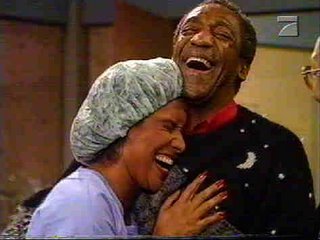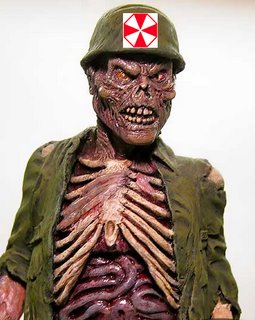Jessica and I went to the Korean National Museum on the Tuesday after MLK Day. I know that's been almost two weeks from now and we have yet to post. Our bad. We've gotten caught up in our own lives for a little and forgot about our loyal 200+ viewers. We'll make it up to you.
Anyway, we forgot to bring our camera to the museum take some awesome pictures; however, I pulled this picture from the web so you can get a feel for what this place looks like.

First off, you should know that this museum sits on what used to be the golf course at Yongsan garrison. It was supposedly a real sweet golf course that all the generals would go play golf on in downtown Seoul. It would be the equivalent of having a 18 hole golf course in the middle of New York City that only a foreign government's soldiers could play on. Needless to say, the Koreans did not really appreciate having this golf course there. So after years of protesting and bargaining, the U.S. Army agreed to turn that land back over to the Korean government. They took the land and built this giant museum there. You can't really get a good feel for how huge this building is, but it's several city blocks long.
So Jessica and I are strolling through this museum, checking out all the exhibits. The building itself was absolutely impressive. However, I have to say that the museum was lacking in the exhibit department. The building was so huge that it seemed empty. There was a huge section on the Korean language, Hanguel. FYI, it was created in the 1400s by a Korean king to help give his people some national identity and to separate them from the Chinese language. At one point, we were looking at a section which had a full scale mock-up of a Korean king's throne room, when a Korean tour guide comes up to us and asks if we know what we're looking at. We said, "Not really," and he proceeds to launch into a full-blown speil about the throne. We were a little taken aback, but actually grateful for the one-on-one interaction. He goes into this incredibly elaborate history lesson about the Asian culture; hence the title of this entry.
What he tells us is that there is a particular order of things in the mind of the Korean, and to a greater extent, all Asians. It's generally focused around the four cardinal directions plus one: north, south, east, west, and center. On top of these directions are five colors: red, yellow, blue, black, and white. To this add five guardian deities: dragon, tiger, phoenix, turtle, and dragon. Yes, there are two dragons. Don't kill the messenger. Additionally, there are five classes of people: the king, the royal court, the queen, commoners, and ancestors. I know this gets a little confusing, but imagine our predicament. Every time this guy rattled off one of these groups, he then asked us to repeat it back to him. And he would not accept us messing a piece up! It was a little taxing. Anyway, I made this easy-to-follow chart so that you folks at home can follow along better. Behold:

So after he finishes explaining all this to us, he then proceeds to take us around the museum and show us some of the archeological exhibits. As he is showing them to us and talking about them, he points out that they all follow this five-part design scheme. Most of it is extremely subtle; if we didn't have this old guy to explain it to us and point it out we never would have discovered it ourselves. But sure enough, almost every sculpture, painting, and carving have elements in it that mirrored up with the five-parts that the guide had described to us. It was one of those "ah-ha" moments that you rarely get to experience when you're an adult. I guess it's something like Fung Shui in that the placement of certain symbols and colors signifies certain things.
All in all, it was a pretty interesting visit, and a steal at just $2 each to get in. We'll probably go back in the summer because they have a huge garden outside the place that should be something to see when it's not 30 F. When we do, we'll try to get a snapshot of some five-parts of Asian examples.













 Check out those glasses! Awesome! And that bonnet on the old lady! Nuts! Hopefully you've gotten as much of a laugh out of this as we did. Maybe someone can turn this into the next American kid's show sensation. Just remember where you saw it first.
Check out those glasses! Awesome! And that bonnet on the old lady! Nuts! Hopefully you've gotten as much of a laugh out of this as we did. Maybe someone can turn this into the next American kid's show sensation. Just remember where you saw it first. 